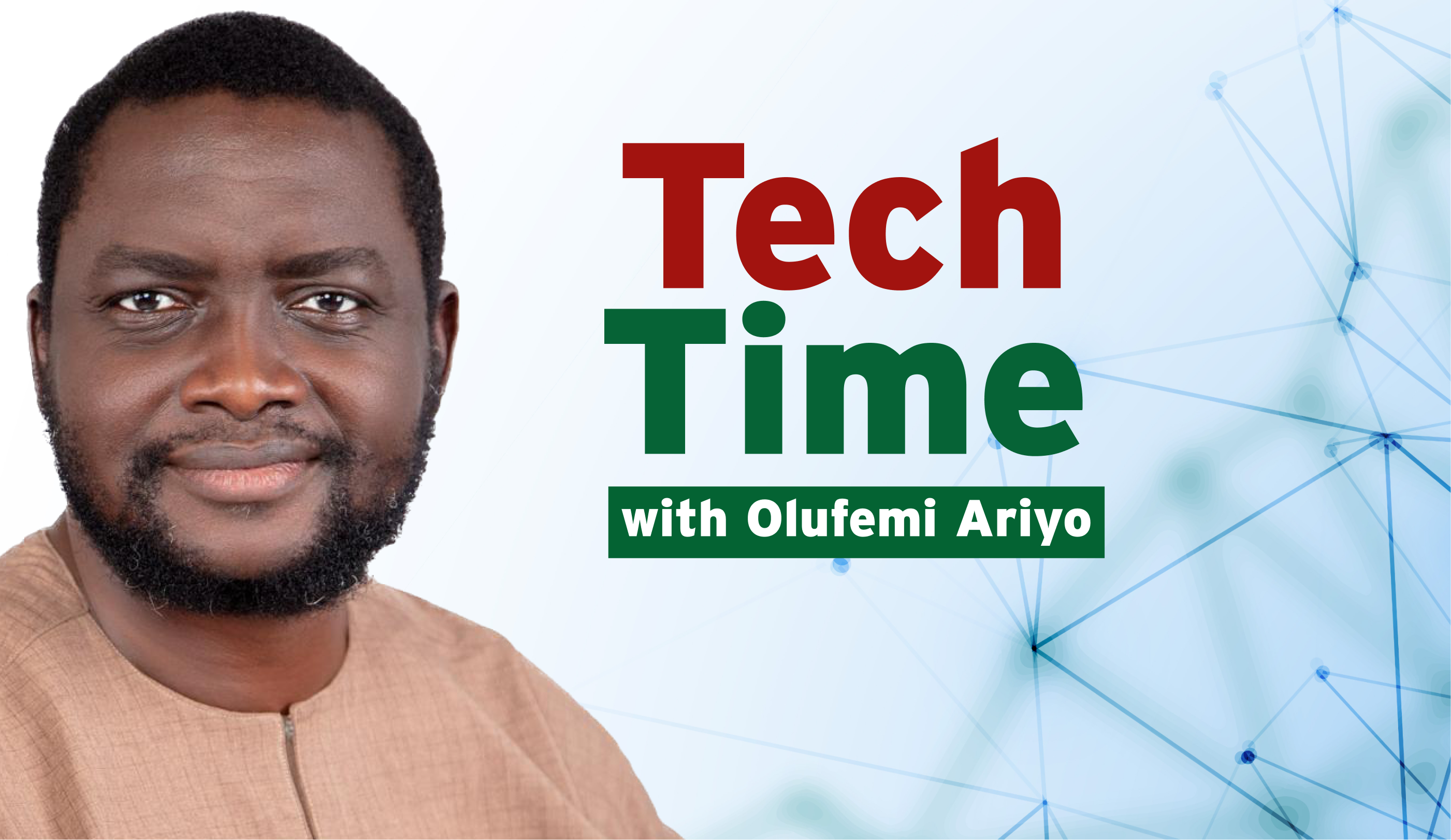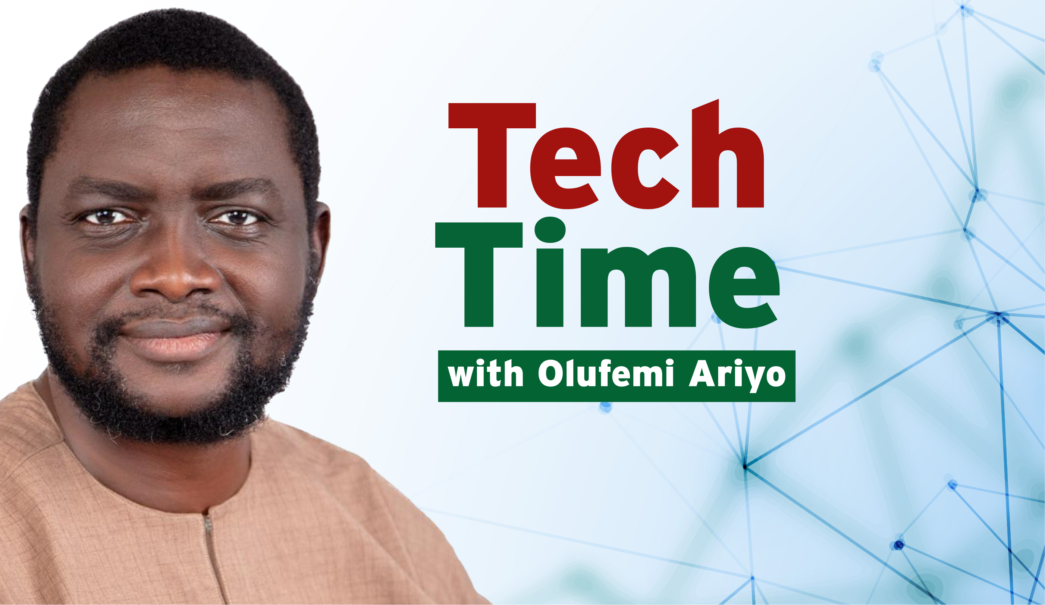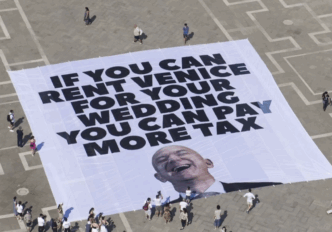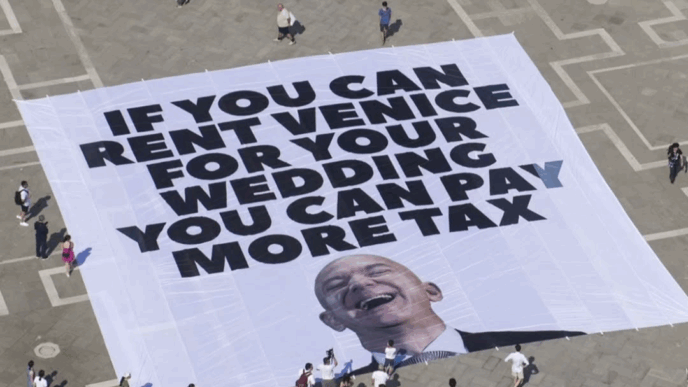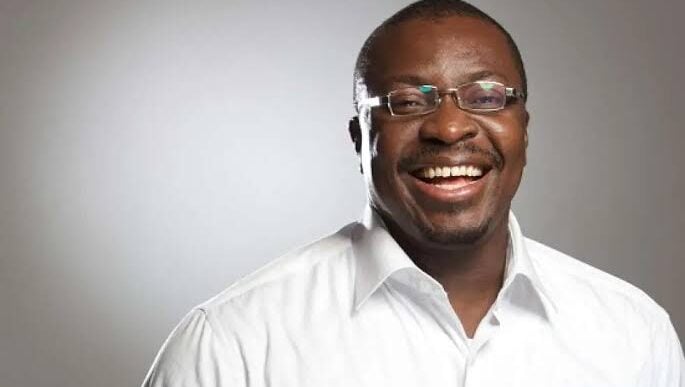The price of anything is the amount of life you exchange for it according to Henry David Thoreau. The hyperconnected world leaves us trading more of our lives than ever before, not just for work, but for constant engagement. Notifications buzz around the clock, and the boundary between personal time and professional demands has all but disappeared. Work now follows us home, lives in our pockets, and lingers in our minds even as we try to sleep. Although technology was meant to make life more efficient, it has often made it more relentless, accelerating our pace without giving us space to breathe. Burnout rates are rising, not just among high-pressure professionals, but across all sectors. The real question is no longer if we are burned out, but why we are burning out faster and more universally than ever before.
The Modern Burnout Cycle
Burnout was once viewed as the unfortunate side effect of high-pressure professions—those working long hours in emotionally demanding environments like healthcare, law, or social services. But in our digitally driven world, burnout has broken out of those traditional confines. It is now showing up in nearly every field and walk of life: marketing interns feeling the pressure to constantly “perform” online, freelancers juggling inconsistent work and blurred schedules, stay-at-home parents navigating the pressures of online parenting communities, and startup founders burning the candle at both ends in hyper-competitive industries. No one seems immune.
In 2019, the World Health Organisation officially classified burnout as an “occupational phenomenon,” recognising its impact on workplace health. But that milestone came just before a global pandemic accelerated our dependence on digital tools and remote work. Since then, the lines between professional and personal life have dissolved even further. Many of us now live in a state of perpetual partial attention—half-tuned in to everything, never fully tuned out of anything.
Advertisement
Besides, burnout in the digital age is not just about clocking in long hours at a desk; it is about a pervasive, psychological weight we carry. It is the always-on mentality—a sense that we must be available, responsive, and productive at all times. Midnight emails. Work group chats buzzing through dinner. Instagram algorithms that reward constant posting and scrolling. Even our downtime has become performative, tracked and optimised through apps that measure mindfulness or step counts.
Surprisingly, this unrelenting pace does not usually lead to dramatic breakdowns. Instead, it manifests as chronic low-grade stress: trouble focusing, emotional fatigue, irritability, disrupted sleep, or a creeping sense of disconnection and emptiness. Over time, this state quietly erodes our resilience, creativity, and well-being. Burnout today is less like a crash and more like a slow leak—one we often do not notice until we are running on empty.
Tech Giveth, Tech Taketh Away
Advertisement
There is a certain irony at the heart of the digital age: the very tools built to simplify our lives have, in many ways, made them more complicated, and more mentally tasking. Technology promised freedom, flexibility, and efficiency. And to be fair, it has delivered on many of those fronts. Remote work, for example, has liberated countless people from commutes and rigid schedules. But with that freedom comes a new trap: the inability to unplug. The office is no longer a place—it is wherever we are, at any time. Without clear boundaries, work often bleeds into evenings, weekends, and even vacations, leaving us feeling like we are never truly off the clock.
Furthermore, social media has redefined how we connect. It allows us to stay in touch with friends across the globe, discover new ideas, and find communities we might never meet in real life. But these platforms are also engines of comparison, designed to keep us scrolling and consuming. The curated highlight reels of other people’s lives subtly chip away at our self-esteem, while the pressure to constantly share and perform online can leave us feeling anxious, inadequate, or invisible if we step away.
Additionally, even productivity tools like calendars, task managers, performance trackers—are a double-edged sword. They help us stay organised, sure, but they also reinforce a culture of constant output and optimisation. We begin to measure our worth in to-do lists checked off, emails answered, or metrics improved. Instead of reducing stress, these tools often create new kinds of pressure: to work faster, to do more, to never fall behind.
All of this plays into what researchers call the attention economy—a system where our time and focus are the most valuable commodities. Every notification, every ad, every piece of content competes for our attention, and the platforms we use are designed to keep us engaged for as long as possible. It is no accident that we feel depleted after a day of aimless scrolling or multitasking online. Our cognitive energy is being mined and monetised. Even our leisure time is not safe from this drain; digital distractions fracture our focus and prevent us from fully resting, even when we think we are doing “nothing.”
Advertisement
In essence, the same tools meant to enhance our lives are now contributing to a relentless cycle of overstimulation and emotional fatigue. The technology is not inherently harmful, but our relationship to it, shaped by profit-driven platforms and societal pressures, often is.
Why Boundaries Are Broken
The digital age has not just shifted the way we live, it has fundamentally redefined our boundaries. The once-clear divisions between work and home, rest and hustle, online and offline have been steadily eroded by always available devices, remote work culture, and the social pressure to be constantly engaged. What used to be physical separations—like leaving the office at 5 p.m. or putting your phone down to relax—are now psychological battlegrounds. When your workplace is your laptop and your downtime is spent on games within the same screen you use for work, the distinction between effort and ease starts to dissolve.
Interestingly, this boundary collapse is compounded by a deeper cultural narrative: the glorification of busyness. Hustle culture has taught us that our worth is measured by our productivity, that rest is laziness, and that exhaustion is a badge of honour. We internalise this message early, reinforced by viral tweets, motivational podcasts, and the curated grind of LinkedIn and Instagram. Even self-care gets turned into a performance, another task to optimise, record, and share.
Advertisement
As a result, guilt often fills the gaps where boundaries used to exist. We feel bad for taking breaks. We over-apologise for unplugging. We second-guess time spent offline or away from the “grind,” worried we might fall behind or appear unmotivated. And when rest does happen, it is often restless—a mind still racing, a phone still buzzing, an inbox still looming in the background.
The COVID-19 pandemic accelerated these issues, ushering in a new era of hybrid and remote work where digital presence became a proxy for dedication. For many, working from home morphed into living at work. Without commutes, lunch breaks, or scheduled pauses, the day became one long stretch of mental engagement—sometimes without a clear endpoint.
Advertisement
The consequences of broken boundaries are more than just burnout—they include chronic anxiety, sleep disruption, emotional numbness, and a weakened sense of identity outside of work or online performance. It becomes harder to locate who we are when we are always “on,” always reachable, always producing.
To restore balance, we do not just need new habits, we need a cultural shift. One that values rest as a form of resistance, recognises digital detachment as healthy, and understands that boundaries are not selfish—they are necessary for survival in an age of constant access.
Advertisement
What Can We Do?
Burnout often feels personal, like a failure to manage our time, our stress, or our emotions. But the truth is, burnout is rarely the result of individual weakness. It is a systemic issue born from cultural expectations, workplace norms, and technologies that value output over well-being. That said, while we cannot fix the system overnight, we can take meaningful steps to protect our mental energy, set healthier boundaries, and shift how we relate to work and technology.
Advertisement
- Set Tech Boundaries
One of the simplest—but most powerful—steps is learning to manage how, when, and why we use technology. This is not about becoming a digital minimalist or going offline completely. It is about creating intentional gaps in our connectivity to give our brains space to rest.
- Use built-in features like “Do Not Disturb” or Focus Mode to reduce interruptions during non-work hours.
- Try a “tech curfew”—no screens an hour before bed, or a screen-free Sunday afternoon.
- Turn off non-essential notifications (e.g., email alerts at night, breaking news updates, or social media badges).
- Set “digital office hours” for yourself or your team: for example, no emails after 7 p.m., or Slack pauses on weekends.
Even small changes, like keeping your phone in another room during dinner, can create psychological separation between online life and real life.
- Normalize Rest
Our culture often treats rest like a luxury, something you earn after you have worked yourself to the bone. But in reality, rest is part of the work. It is when our brains consolidate memories, regulate emotions, and reset for deeper thinking.
- Think of rest as active recovery, not absence. Taking a break is not slacking, it is fueling your focus.
- Block off time in your calendar for “non-doing”—a walk without headphones, a nap, or simply sitting in quiet.
- Follow the 90-minute productivity cycle: work with focus for 90 minutes, then take a break (like top-performing athletes do with training).
- Encourage team-wide recovery: some companies now offer “meeting-free Fridays” or scheduled “mental health days.”
When leaders model rest, it gives everyone else permission to follow.
- Redefine Success
For too long, success has been narrowly defined by grind: hours worked, promotions earned, followers gained. But more people are starting to ask: at what cost? True success is not just about output—it is about sustainability and joy.
- Redefine success in terms of quality over quantity: quality of relationships, creative output, impact, and fulfilment.
- Track how you feel, not just what you accomplish: Did you end the week energised or depleted?
- Create non-work goals that matter just as much—like reading more books, cooking a new dish, or spending time with loved ones.
- Celebrate “slow” wins—learning something new, getting better at setting boundaries, or simply showing up with intention.
This is not about lowering ambition, it is about broadening the definition of a life well-lived.
- Talk About It
Perhaps most important is breaking the silence. Too many people suffer from burnout quietly, assuming they are alone or fearing judgment. But the more we normalise open conversations about mental health, the more we can push back against harmful norms.
- If you are a manager, start team check-ins with “how are you, really?” and model honest answers.
- Share your own experiences with burnout or recovery; it opens the door for others to do the same.
- Advocate for structural change where you work: protected time off, reduced meeting loads, or mental health resources.
- In personal relationships, let people know it is okay to not be okay—and that rest, therapy, and boundaries are all valid paths to healing.
Burnout thrives in isolation. Connection is its antidote.
A New Way Forward
We are not overwhelmed because we lack time, but because we have lost control of how we spend it according to Olufemi Ariyo. The digital age has given us tools of incredible power—but with that power comes responsibility. We have gained efficiency, flexibility, and connection, yet we have also inherited exhaustion, distraction, and a creeping sense of disconnection from ourselves. Technology is not the enemy. The problem lies in how we have allowed it to shape our lives without pause or reflection. If burnout is the signal, then it is time to listen. We do not need to abandon ambition, turn off all devices, or retreat from the modern world—but we do need to approach it differently. We need to build new norms that prioritise mental health, honour boundaries, and recognise that rest is not a weakness but a requirement for a well-lived life.
Albeit, this shift begins with awareness, but it grows through action: choosing presence over constant productivity, connection over comparison, and sustainability over short-term gain. It is about redefining success to include peace of mind. About remembering that being constantly available does not make us more valuable—and that a full calendar does not guarantee a fulfilling life. Burnout may feel personal, but the solutions are collective. As individuals, teams, and cultures, we have the power to create a healthier path forward—one where technology works for us, not the other way around. We may not always slow the pace of the world, but we can slow our response to it. We can choose clarity over chaos, intention over impulse, and life over the endless scroll. This is the invitation: not to disconnect from the world, but to reconnect with yourself inside it.
Thank you for the huge investment in time and attention. Please follow my Medium: https://medium.com/@roariyo (for more of my curated thoughts) and LinkedIn: https://www.linkedin.com/in/olufemiariyo/ or send an email to [email protected]
